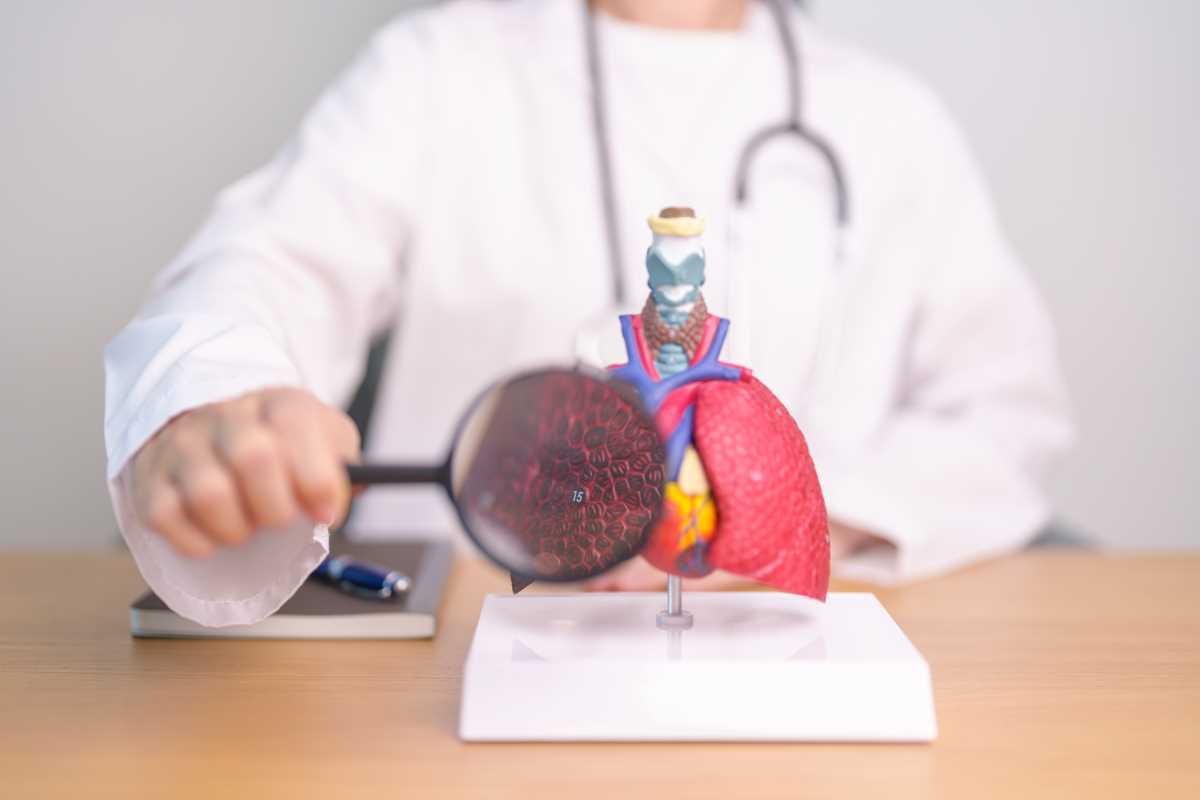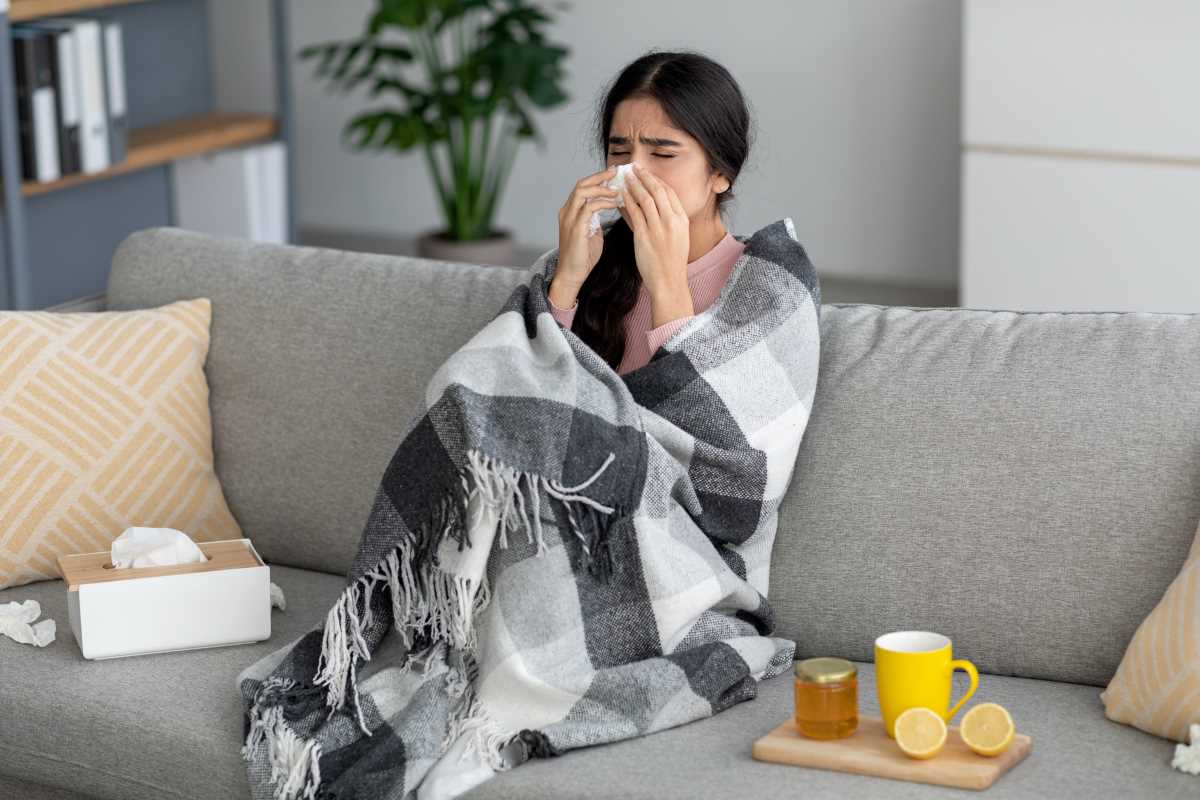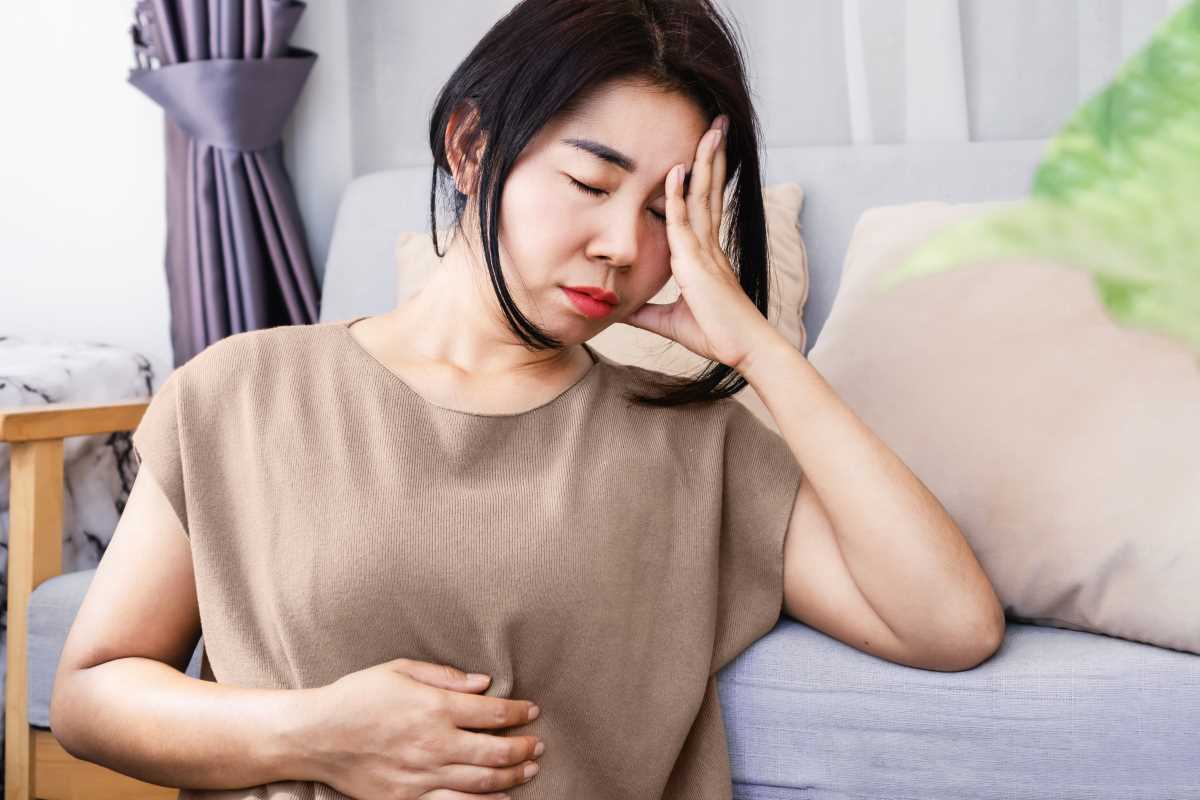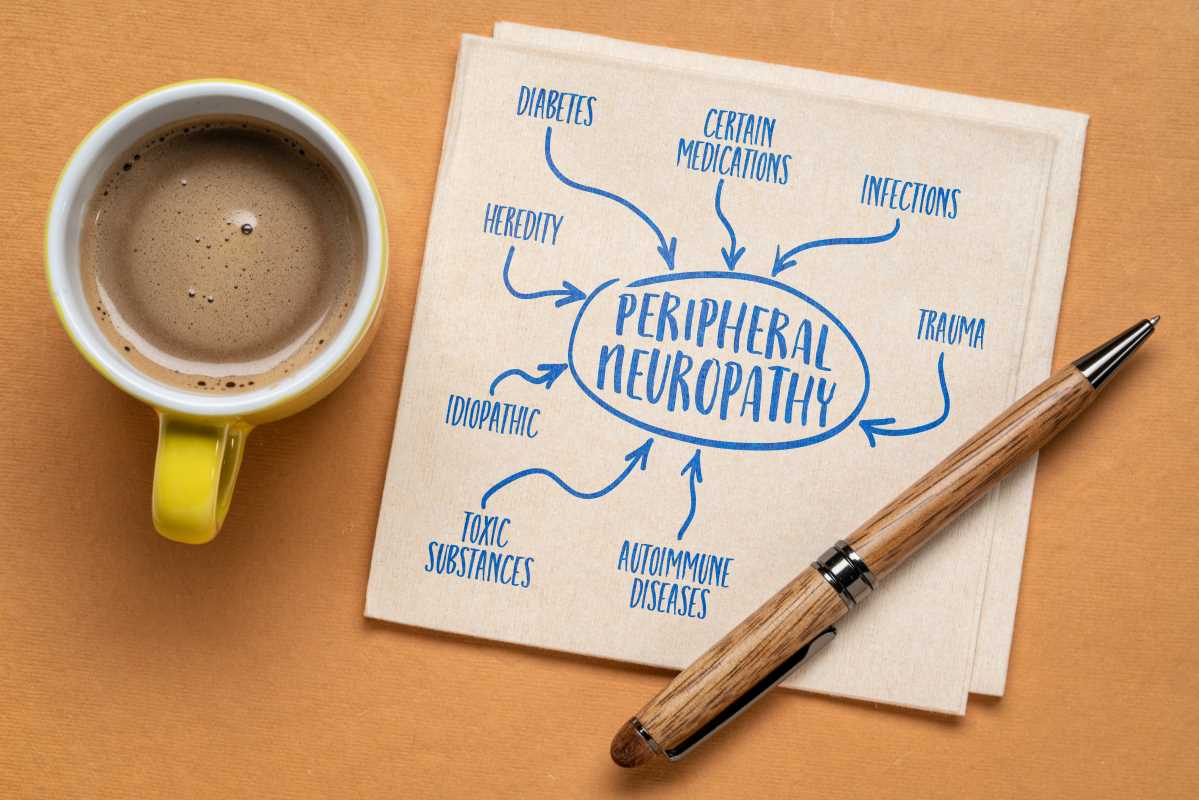Breathing is something most people take for granted, but for those with chronic obstructive pulmonary disease (COPD), it’s often a daily struggle. COPD is a long-lasting lung condition that makes it harder to breathe and can significantly impact your quality of life. Yet, many people live with the condition for years without realizing it because the symptoms can be subtle in the beginning.
COPD doesn’t just happen overnight; it develops slowly, often due to years of lung damage. Understanding the symptoms, how they progress, and when to seek help can make a huge difference in managing the condition and preventing complications. This guide will break down what COPD is, highlight its most common symptoms, and offer practical tips for managing your lung health.
What Is COPD?
COPD is a long-term condition that affects the lungs and makes it hard for air to flow in and out. It’s an umbrella term that includes two main conditions:
- Chronic Bronchitis: This occurs when the airways (bronchial tubes) become inflamed and produce too much mucus, making it difficult to breathe.
- Emphysema: This happens when the tiny air sacs in the lungs, called alveoli, become damaged and lose their elasticity, reducing the amount of oxygen that gets into your bloodstream.
Most people with COPD have a combination of these two conditions. Smoking is the leading cause of COPD, though long-term exposure to harmful pollutants like industrial fumes or secondhand smoke can also contribute to the disease.
There is no cure for COPD, but treatments can help manage symptoms, prevent complications, and improve quality of life. Early detection plays a crucial role in doing so, which is why understanding the symptoms is so important.
The Most Common Symptoms of COPD
The symptoms of COPD can vary depending on the stage of the disease. Early symptoms are often mild and easy to overlook, but they worsen over time as the condition progresses. Here are the most common signs of COPD.
1. Shortness of Breath
One of the earliest and most noticeable symptoms of COPD is shortness of breath (dyspnea). You might find yourself getting out of breath during activities that didn’t used to be challenging, like climbing stairs, walking, or even carrying groceries. Over time, it can become harder to catch your breath, even when you’re at rest.
This symptom is often dismissed early on as simply being “out of shape,” but if it’s persistent or affects your daily activities, it’s worth paying attention to.
2. Chronic Cough
A long-lasting cough is another hallmark symptom of COPD, particularly if it’s productive, meaning it brings up mucus (phlegm). This is often referred to as the “smoker’s cough” in people who smoke, but it can happen in non-smokers as well.
The cough may be worse in the morning due to mucus buildup overnight, and it can interfere with sleep or social situations. A chronic cough that lasts more than three months should never be ignored.
3. Excess Mucus (Sputum Production)
COPD frequently leads to overproduction of mucus in the airways, which is the body’s way of trying to clear irritants. However, this excess mucus can block airways, making it harder to breathe.
The mucus may appear clear, white, yellow, or even green if there’s an infection present. Frequent throat clearing is a common sign of this symptom, especially in the morning.
4. Wheezing
Wheezing is a high-pitched, whistling sound that occurs when breathing in or out, caused by narrowed or blocked airways. While wheezing can also happen with asthma or a cold, in COPD, it’s more persistent and usually worsens with time.
5. Fatigue
Because COPD makes it harder for your body to get the oxygen it needs, many people with the condition feel tired or weak. Everyday activities like getting dressed or preparing meals can feel exhausting, especially as the disease progresses.
Fatigue in COPD isn’t just about being tired; it’s a constant lack of energy linked to the body’s struggle to function with reduced oxygen levels.
6. Chest Tightness
Many people with COPD describe a feeling of tightness or pressure in their chest, as though they’re trying to breathe with a heavy weight resting on them. This symptom often accompanies shortness of breath and can make breathing feel more labored.
7. Frequent Respiratory Infections
When your lungs are weakened by COPD, it becomes easier for bacteria and viruses to cause respiratory infections. These infections, like bronchitis or pneumonia, may occur more often or take longer to recover from. They can also worsen COPD symptoms temporarily, a situation known as an exacerbation.
8. Cyanosis (Bluish Skin or Lips)
During the later stages of COPD, reduced oxygen levels in the blood can cause the lips or fingertips to have a bluish tint. This is known as cyanosis and is a sign that the body isn’t getting enough oxygen.
How COPD Symptoms Progress Over Time
COPD progresses gradually, with symptoms becoming more severe as lung function declines. Here’s a general breakdown of how symptoms might change over time:
- Early Stage: Mild symptoms like occasional shortness of breath, a cough that comes and goes, and slight excess mucus. These symptoms are often dismissed as normal aging or a lingering cold.
- Middle Stage: Shortness of breath becomes more frequent, and coughing and mucus production worsen. Everyday activities may start to feel more difficult.
- Advanced Stage: Breathing becomes noticeably labored, even at rest. You might need supplemental oxygen, and flare-ups of symptoms can happen more often, requiring medical attention.
The earlier COPD is detected and treated, the more manageable the symptoms will be.
When to Seek Medical Help
It’s important to see a doctor if you notice symptoms like:
- Persistent shortness of breath that interferes with daily activities.
- Chronic coughing or mucus production that lasts more than a few months.
- Wheezing that doesn’t improve or goes away.
- Frequent respiratory infections.
- Blue lips or fingertips (a sign of low oxygen levels).
Early diagnosis and treatment can slow the progression of COPD and improve your quality of life. Your doctor may perform tests like lung function tests or chest X-rays to confirm the diagnosis.
Tips for Managing COPD Symptoms
While there’s no cure for COPD, there are many ways to reduce symptoms and make breathing easier.
1. Quit Smoking
If you smoke, quitting is the single most important step you can take to slow the progression of COPD. Talk to your doctor about resources like nicotine replacement therapy, counseling, or medication to help you quit.
2. Stay Active
While exercise might feel challenging, it’s important for maintaining lung strength and overall fitness. Low-impact activities like walking, swimming, or yoga can help without overexerting your body.
3. Follow a Healthy Diet
A balanced diet can support your overall health and energy levels. Avoid large, heavy meals that make it harder to breathe, and aim for small, frequent meals instead.
4. Use Prescribed Medications
Doctors may prescribe inhalers, bronchodilators, or corticosteroids to help open airways and reduce inflammation. Make sure to use these as instructed for the best results.
5. Avoid Air Pollutants
Stay away from smoke, fumes, and strong odors, as these can irritate your lungs and worsen symptoms. On days with poor air quality, consider staying indoors with an air purifier.
6. Get Vaccinated
Respiratory infections can worsen COPD symptoms, so keeping up to date with vaccines like the flu shot and pneumonia vaccine can help protect your lungs.
 (Image via
(Image via





